I went without any Internet connection for a few days, so I couldn’t post anything. Here’s a summary of the last three days:
Friday – Fukuoka
Today, I met a German guy named Klaus. It’s his first day in Japan after spending a month in South Korea. He wants to stay here tomorrow night as well, but there are no available rooms in the hostel. I cancel my reservation for tomorrow night, and he takes my room. I wanted to start traveling early tomorrow anyway, as I have a fourteen-hour train journey to endure.
Klaus and I take a stroll around Hakata Station. I show him the sights, starting with the roof terrace. We then wander through the enormous indoor shopping complex, exploring various random gifts. I spot some excellent souvenir ideas. Later, we head for food—a classic dish of mixed vegetable and prawn tempura on rice, accompanied by a pint of Kirin Beer. Kirin isn’t my first choice for Japanese beer, but I don’t complain.
![tenpura3[1]](https://japanising.com/wp-content/uploads/2014/07/tenpura31.jpg?w=630)
Afterward, we head over to Tenjin Station because Klaus is really keen on seeing the giant cardboard train. I don’t mind showing him around as I have nothing else planned in Fukuoka. Klaus is quite funny, and his English is good, so I don’t have to speak slowly or anything. We enter the building where I thought the cardboard train was, but we can’t seem to find it. Unfortunately, I deleted the photograph, so I can’t prove to him that it was real. He starts doubting its existence altogether, and I begin to question it myself, still feeling a bit off-kilter from yesterday. We hesitate to ask anyone else about the train because it might sound absurd. “Excuse me, miss, could you point us in the direction of the giant cardboard stream locomotive, please?”
After an hour of searching, we eventually find it in a completely different building from the one I had sworn it was in.
Next, we head to an izakaya by the river. It’s the first time I’ve visited an outdoor izakaya of this style. We choose the most welcoming one. “Please, you are welcome,” the owner says with an honest smile. This place serves skewers of meat and noodle soup. Klaus and I do what Germans and Britons do best: drink.
![klaus[1]](https://japanising.com/wp-content/uploads/2014/07/klaus1.jpg?w=630)
We meet a couple of Japanese people: two guys, one of whom had visited Berlin last year, so he and Klaus engage in conversation. Two girls, one of whom had spent six months studying English in Leeds, so she and I chat. As the night progresses, Klaus teaches me about South Korea, and I share my knowledge about Japan with him. We drink, joke, and before we know it, the night disappears.
Saturday – Okayama
I board my third and final train for the day at Shimionoseki Station, taking the JR Sanyo Line. The train is old, with uncomfortable seats, no toilet, and no vending machine. I wish I had more than one bottle of water. The train announcements are exclusively in Japanese. Am I even on the right train? How would I even know?
This ‘local’ train makes an astonishing 83 stops, taking a total of eight hours. Finally, at 9 p.m., I arrive in Okayama. I decided to break up my travel to Kyoto with a nice stopover in a pleasant-looking business hotel. I enjoy staying in a hotel once a month; it offers a refreshing change from the noise of a dormitory room. By using my Seishun 18 ticket, I save myself the ¥16,060 that the bullet train would have cost me. In exchange, I sacrifice 569 minutes of my life.
As I step off the train, the speakers are bellowing out the tune, ‘I’ve Been Working on the Railroad’. In fact, they play the tune every time a train pulls up here. You might go insane if you were a member of the station staff. Leaving the station, I realise just how exhausted I am from doing absolutely nothing but sitting on trains. It wears me out.
There is a really lovely fountain just outside the entrance. I believe it’s shaped to look like a dandelion.
![dandy[1]](https://japanising.com/wp-content/uploads/2014/07/dandy1.jpg?w=630)
One thing I notice immediately about Okayama is the maps—they are everywhere, massive, and in English. My hotel is on the same road as the station, about halfway between here and Okayama Castle. I grab a well-deserved can of Suntory whisky highball for the walk.
The main road through Okayama is wide, with trams drifting through the middle of the lanes. Neatly pollarded trees, lit up by lamps, line both sides of the pavement, adding to the city’s charm. Finding my hotel, I notice it’s slightly more upmarket than I’m used to. The room is of average size, with a laid-out yukata on the bed and all the usual hotel amenities. Unfortunately, my view isn’t of the castle but of the train station. Oddly, the hotel exists in a time before the World Wide Web and does not offer Internet access.
After settling into the hotel, I decide to take a walk. I head into the park, passing a group of people exercising to music from a stereo in the street. The park is pitch black, but I can vaguely make out a lake in the middle. In the distance, I see the castle, illuminated by bright green lights.
![okcastle[1]](https://japanising.com/wp-content/uploads/2014/07/okcastle1.jpg?w=630)
Similar to the park, the castle exterior is pitch black, earning it the nickname ‘Crow Castle’. After visiting the castle, I step out of the park and into the light. Following the neon signs, I navigate interlocking side streets filled with restaurants. People stand outside, attempting to usher customers into their establishments. As I walk around with an empty can of highball, a trick I discovered, I notice that nobody wants someone with an open can of drink in their restaurant. Consequently, I am almost completely ignored by the touts.
I decide to dine at a small family-run restaurant. Surprisingly, they have Basashi (raw horse meat) curry on the menu, alongside natto curry. Opting for a fish curry, I’m asked by the owner, ‘Medium heat, medium curry, okay?’ I request it to be hot. He brings out the familiar chart with the five chili symbols. His chart looks like this:
One: For children.
Two: Mild curry.
Three: Extremely hot!
Four: Daredevil!
Five:
Five is left blank, presumably because no one orders a five. I ask for a three. ‘Three!!!’ he exclaims. His response makes me start laughing. When my curry arrives, the smell is enticing, and the heat level is just right. It costs ¥1019, including a small can of Kirin Beer. It’s a good meal, albeit with a substandard beer.
Sunday – Kyoto
After traveling for four hours on trains, I finally arrive in Kyoto. I switch to the subway line headed to Kawaramachi Station, and surprisingly, the subway train happens to be the nicest I’ve ridden all week. Remembering my station name won’t be an issue either. During my month in Tokyo, my local station was Tawaramachi Station—here, just a letter’s difference. Leaving the station, I walk directly into a massive shopping arcade that sprawls out in every direction.
I pass by a huge market where everything is produced and sourced locally. There are numerous vegan and organic restaurants here as well—my kind of place. Additionally, within the arcade, there are random temples dotted about. Seishinin Temple is sandwiched between a small shop selling calligraphy on wooden blocks and a shop selling human caricatures.
![arcadetemple[1]](https://japanising.com/wp-content/uploads/2014/07/arcadetemple1.jpg?w=630)
It is only 2 p.m. and I have one hour before I can officially check-in. I find the hostel and fill out all the necessary paperwork and pay. The hostel offers to look after my bags for an hour. As I hand over my one bag, the staff member gives me a bewildered look. “That’s it?!” He asks me with surprise in his voice.
“Yep, that’s it,” I tell him.
“Not very heavy,” he says, struggling to grasp the concept of my luggage.
“I like to travel light,” I offer as an explanation. His expression retains a sense of disbelief.
I have an hour to kill, so I decide to find some lunch. I head to a small restaurant across the road that offers natural organic food. Like most restaurants here, it has an English menu, probably due to the sheer volume of tourists. They offer free wireless Internet, and Björk’s music is coming out of the speakers. I order a salmon, mushroom, and cheese omelette over rice, served with a big salad, along with a green tea latte. Although the food doesn’t look too pretty, it tastes and smells amazing. The meal costs ¥1944. No complaints here—good food, good music, free Internet.
![nomelette[1]](https://japanising.com/wp-content/uploads/2014/07/nomelette1.jpg?w=630)
Kyoto was formerly the imperial capital of Japan for over a thousand years. Now, it serves as the capital of Kyoto Prefecture. It’s often referred to as the ‘City of Ten Thousand Shrines.’ I’m not certain if it actually has ten thousand shrines, but it wouldn’t surprise me one bit if it did. I’ve counted eleven already today, and they were all within the indoor shopping arcade.
I return to the hostel to retrieve my room key. The hostel is modern, featuring five floors and a roof terrace. I decide to explore the public areas. The lounge is adorned with small wooden boxes housing growing plants, adding a touch of nature. A huge glass bay window floods the dining area with natural light. The outdoor roof terrace is neatly arranged, complete with beer and cup noodle vending machines. It seems someone in the hostel has organised a weekly late-night running group, with a clear emphasis on ‘going for a beer afterwards.’ I have a feeling I’m going to enjoy my one-week stay here.
![terrace[1]](https://japanising.com/wp-content/uploads/2014/07/terrace1.jpg?w=630)
The hostel also features a library, and unlike Fukuoka and Beppu, it has a lift. While I’m writing up my weekend, a Japanese guy who works here comes over and introduces himself. He seems quite a character and turns out to be one of the barmen at the hostel’s bar, which is located in the basement and stays open until midnight every evening. They also offer ¥400 beer on tap. Tonight, the hostel is hosting a monthly party, which is fantastic—another stroke of lucky timing. At the party, I discover that the other barman is my friend Shonosuke. I had no idea he was here. Brilliant!
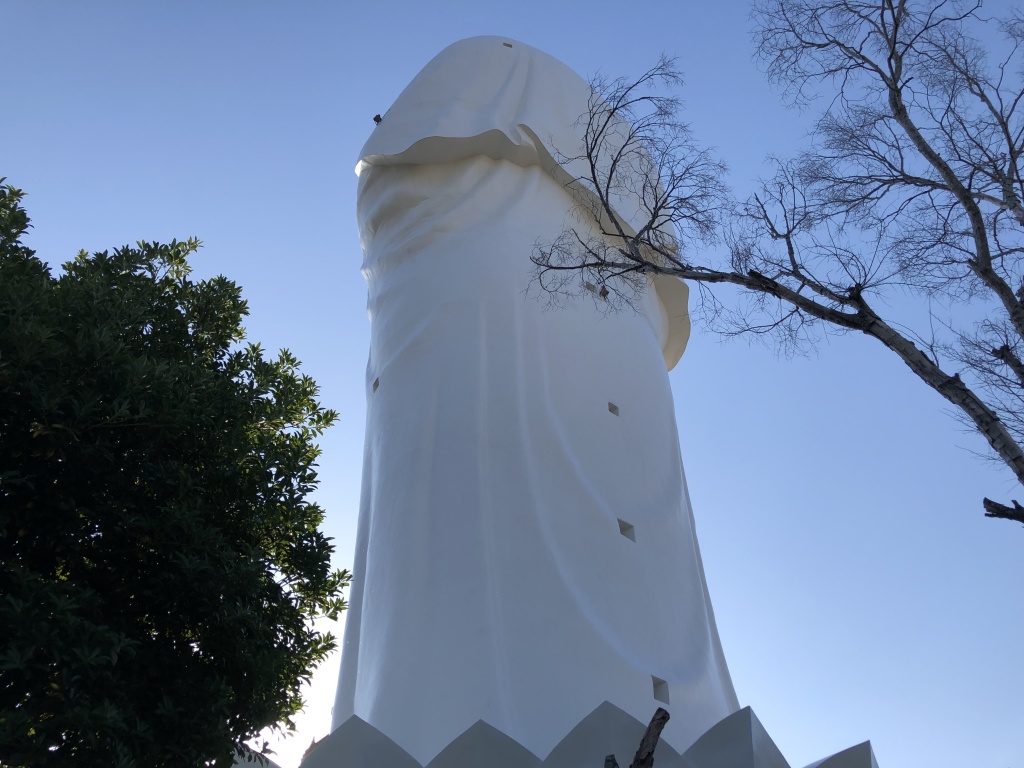
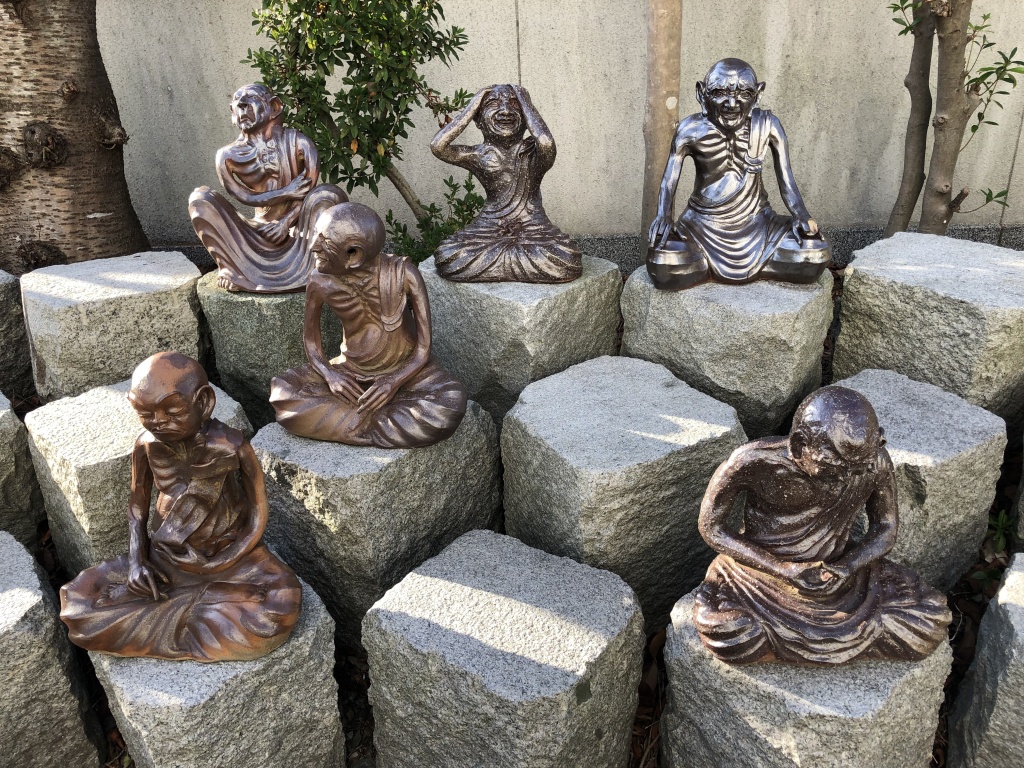
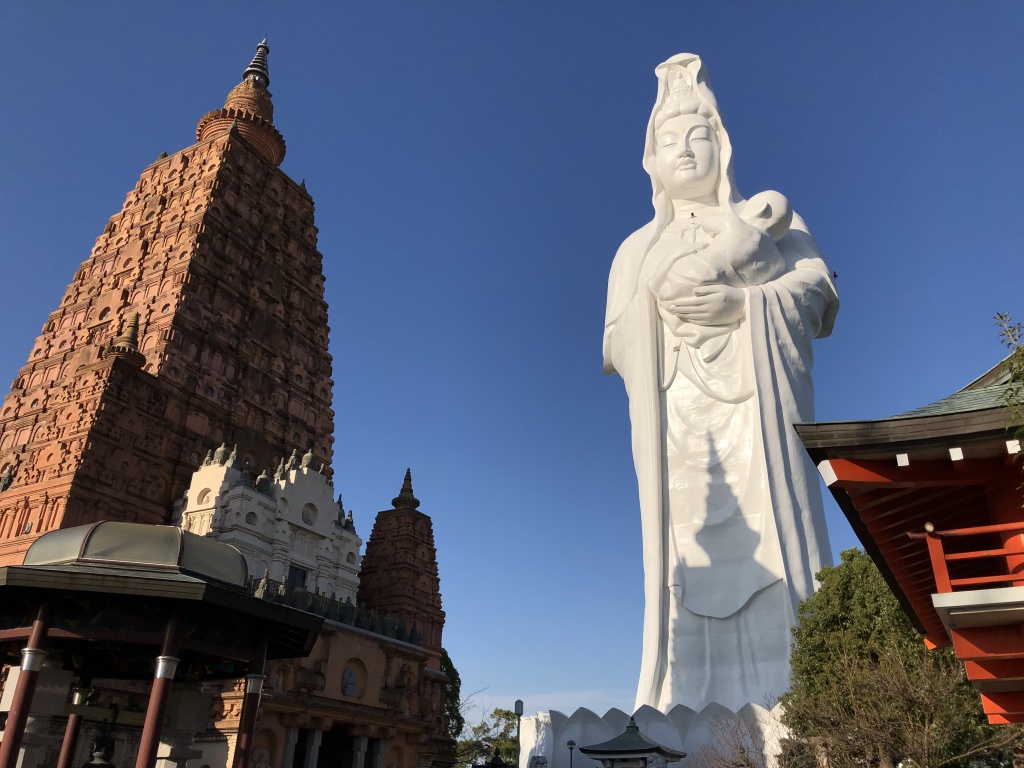
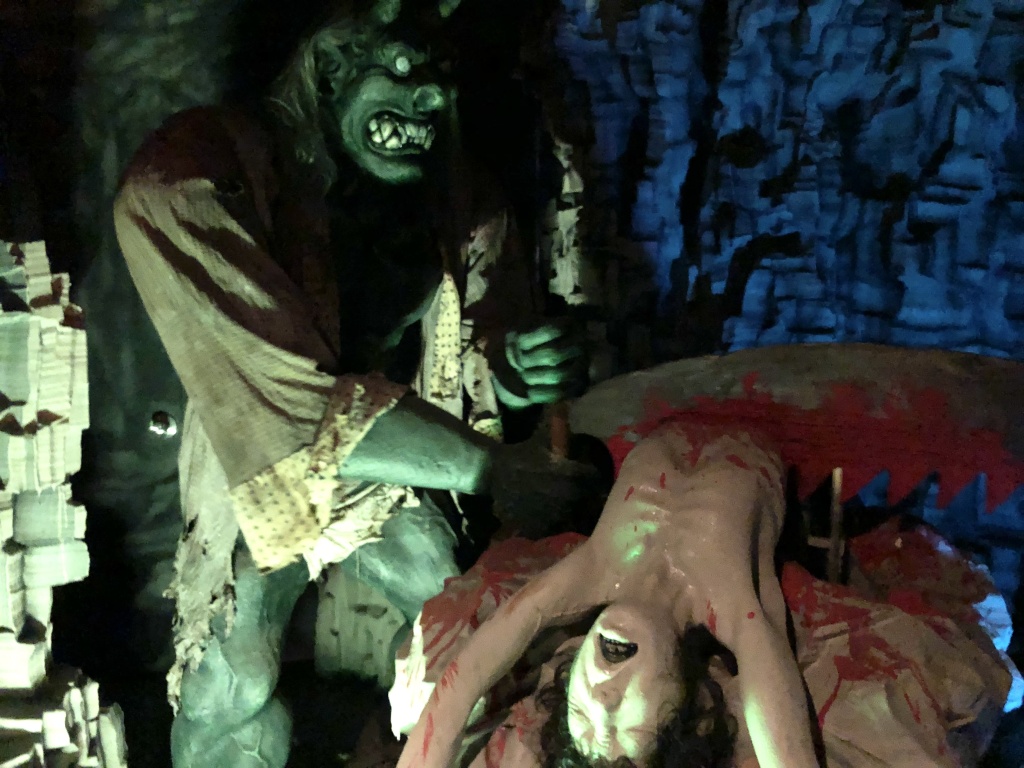
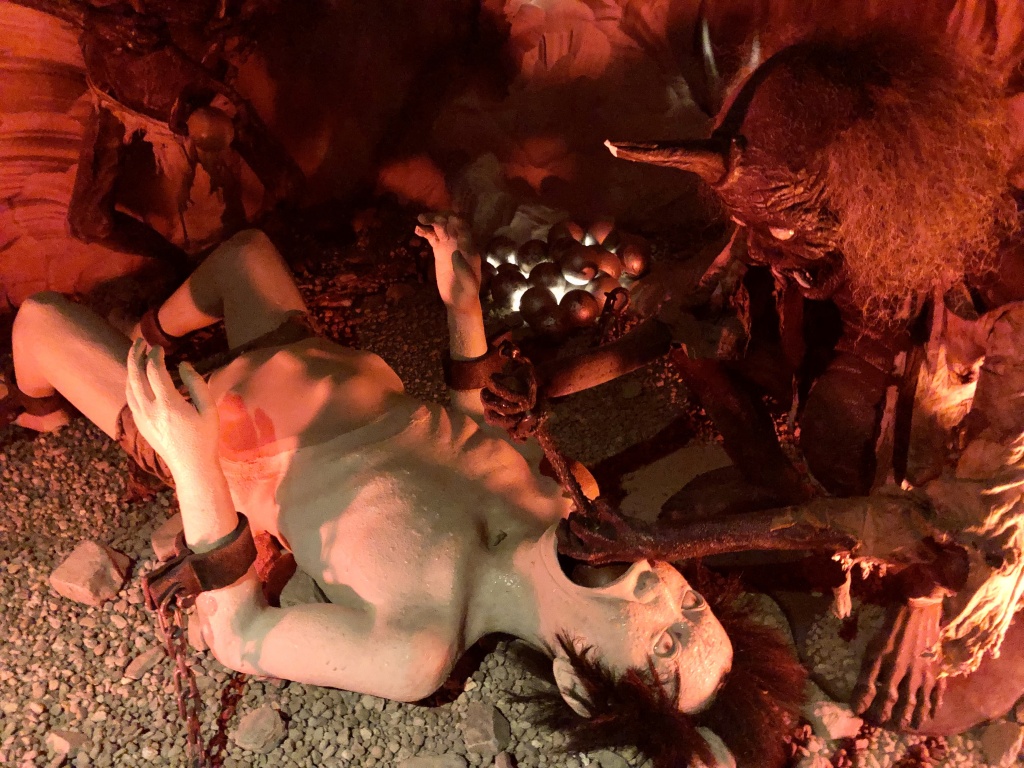
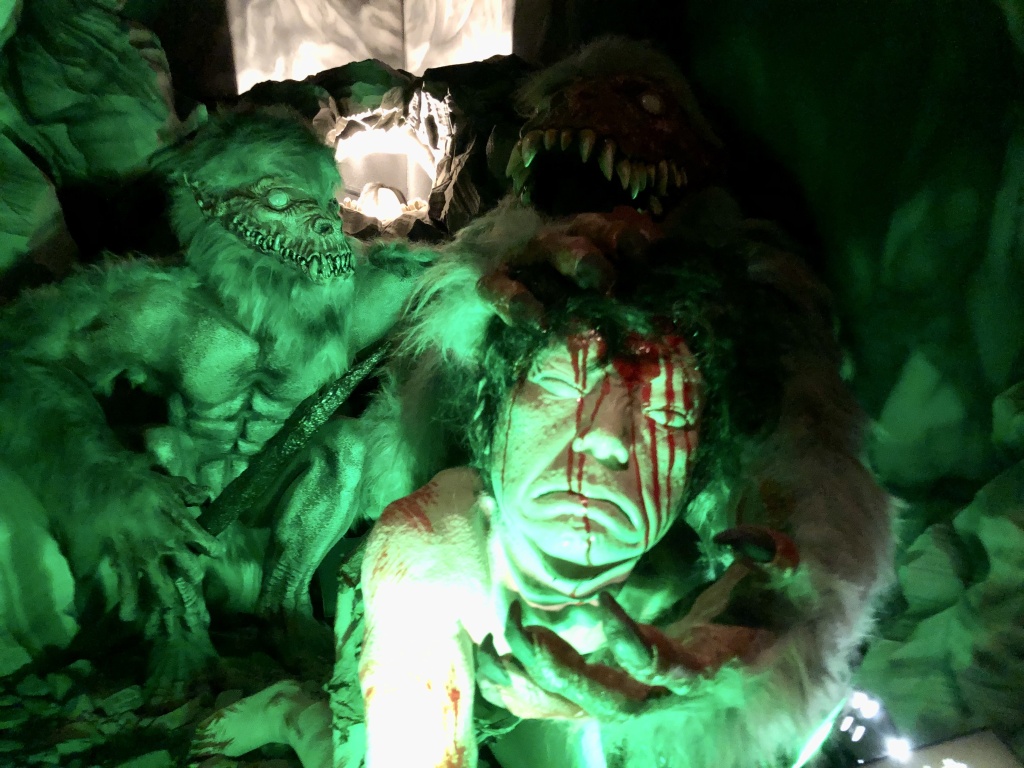
![tenpura3[1]](https://japanising.com/wp-content/uploads/2014/07/tenpura31.jpg?w=630)
![klaus[1]](https://japanising.com/wp-content/uploads/2014/07/klaus1.jpg?w=630)
![dandy[1]](https://japanising.com/wp-content/uploads/2014/07/dandy1.jpg?w=630)
![okcastle[1]](https://japanising.com/wp-content/uploads/2014/07/okcastle1.jpg?w=630)
![arcadetemple[1]](https://japanising.com/wp-content/uploads/2014/07/arcadetemple1.jpg?w=630)
![nomelette[1]](https://japanising.com/wp-content/uploads/2014/07/nomelette1.jpg?w=630)
![terrace[1]](https://japanising.com/wp-content/uploads/2014/07/terrace1.jpg?w=630)
![boat_race[1]](https://japanising.com/wp-content/uploads/2014/07/boat_race1.jpg?w=630)
![fukuokahawks[1]](https://japanising.com/wp-content/uploads/2014/07/fukuokahawks1.jpg?w=630)
![fukutower[1]](https://japanising.com/wp-content/uploads/2014/07/fukutower1.jpg?w=630)
![fukinsidetower[1]](https://japanising.com/wp-content/uploads/2014/07/fukinsidetower1.jpg?w=630)
![robosquare[1]](https://japanising.com/wp-content/uploads/2014/07/robosquare1.jpg?w=630)
![firefighter[1]](https://japanising.com/wp-content/uploads/2014/07/firefighter1.jpg?w=630)
![ohoripark[1]](https://japanising.com/wp-content/uploads/2014/07/ohoripark1.jpg?w=630)
![18ticket[1]](https://japanising.com/wp-content/uploads/2014/07/18ticket1.jpg?w=630)
![beach[1]](https://japanising.com/wp-content/uploads/2014/07/beach1.jpg?w=630)
![mowtown[1]](https://japanising.com/wp-content/uploads/2014/07/mowtown1.jpg?w=630)
![sshrine[1]](https://japanising.com/wp-content/uploads/2014/07/sshrine1.jpg?w=630)
![uphillstruggle[1]](https://japanising.com/wp-content/uploads/2014/07/uphillstruggle1.jpg?w=630)
![catisle1[1]](https://japanising.com/wp-content/uploads/2014/07/catisle11.jpg?w=630)
![catisle2[1]](https://japanising.com/wp-content/uploads/2014/07/catisle21.jpg?w=630)
![catisle4[1]](https://japanising.com/wp-content/uploads/2014/07/catisle41.jpg?w=630)
![catisle3[1]](https://japanising.com/wp-content/uploads/2014/07/catisle31.jpg?w=630)
![bpwasp[1]](https://japanising.com/wp-content/uploads/2014/07/bpwasp1.jpg?w=630)
![policebike[1]](https://japanising.com/wp-content/uploads/2014/07/policebike1.jpg?w=630)
![thebridge[1]](https://japanising.com/wp-content/uploads/2014/07/thebridge1.jpg?w=630)
![wedding[1]](https://japanising.com/wp-content/uploads/2014/07/wedding1.jpg?w=630)
![televisions[1]](https://japanising.com/wp-content/uploads/2014/07/televisions1.jpg?w=630)
![coolwashluke[1]](https://japanising.com/wp-content/uploads/2014/07/coolwashluke1.jpg?w=630)
You must be logged in to post a comment.